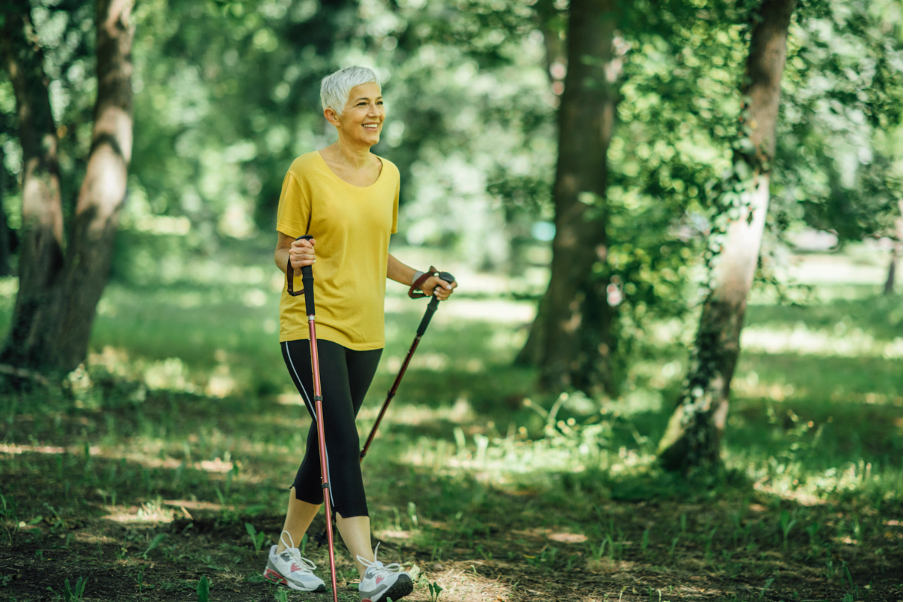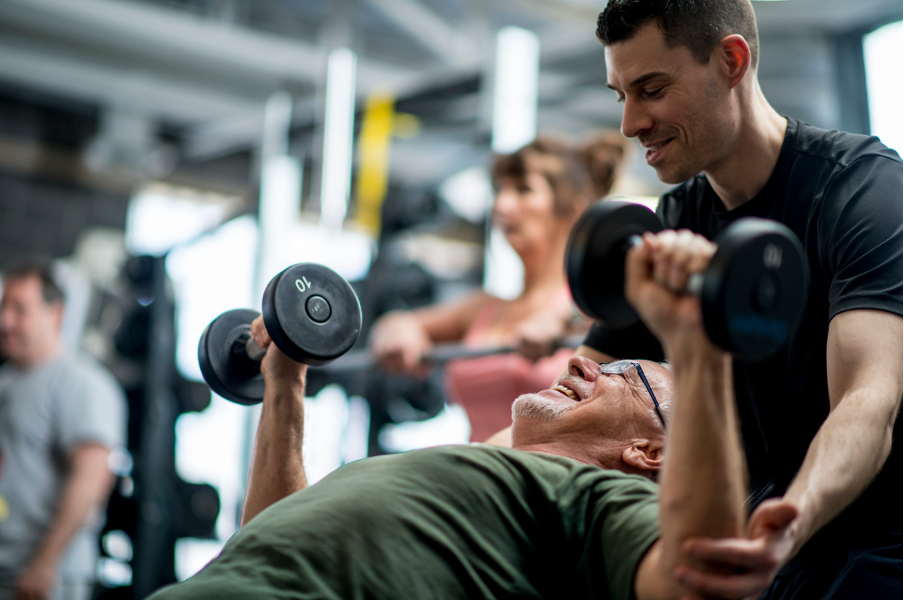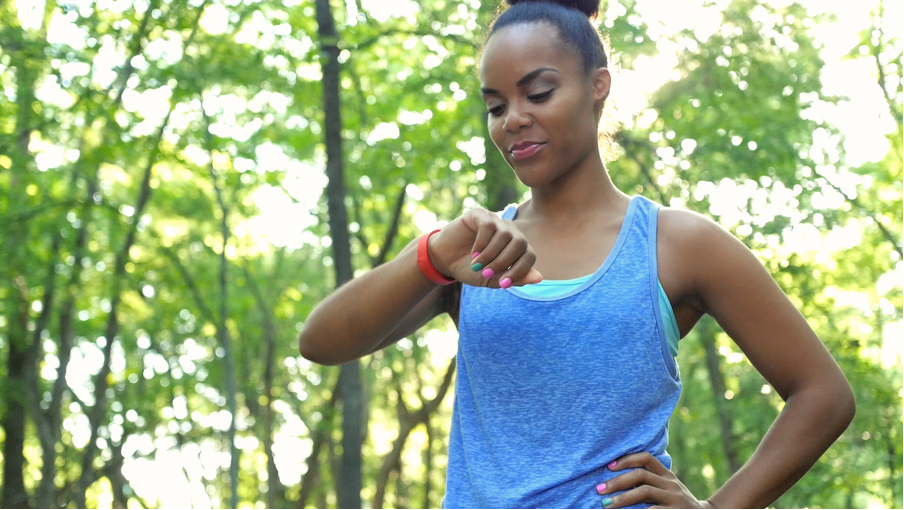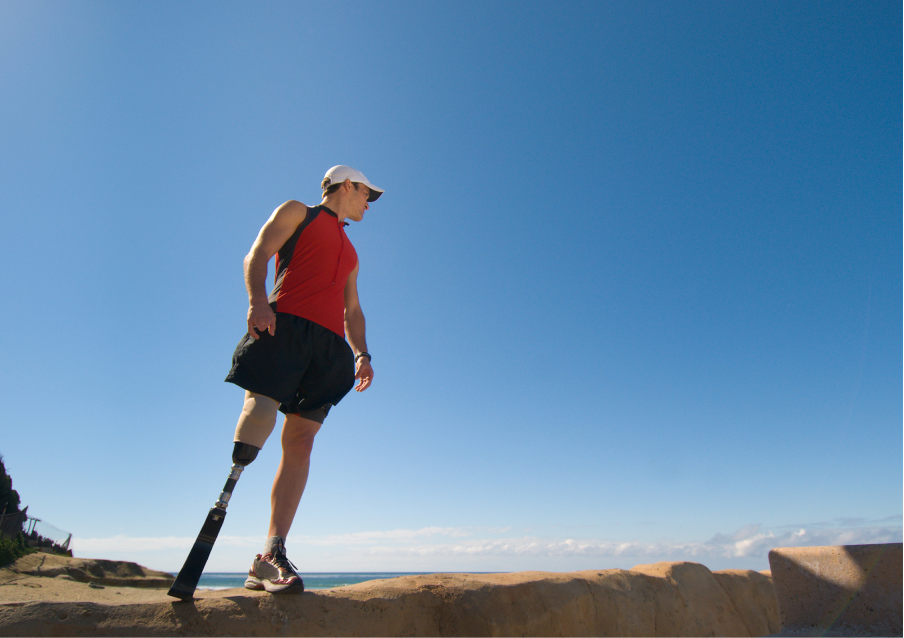Creating Supportive Workplaces – How to Help Employees Thrive After a Mental Health Claim
Mental health conditions are becoming more and more prevalent as a reason for taking time away from work. It is for this reason that we created our Headstrong program! On top of the absence itself, Australian statistics suggest that individuals returning to work following time off for mental health reasons, are facing many challenges. […]








